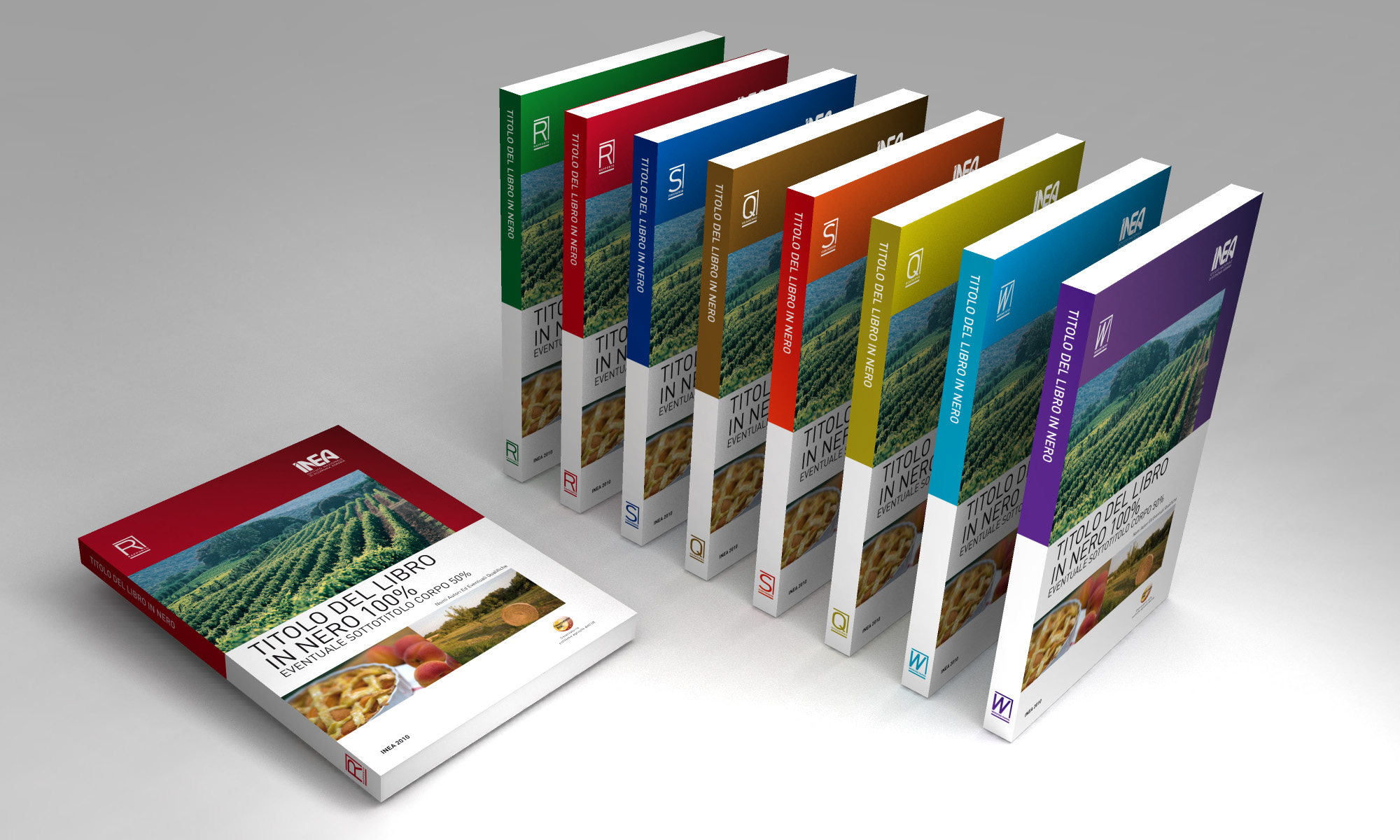Vitivinicoltura, frutticoltura e allevamento ovi-caprino in Valle d’aosta
The goal of this study is to investigate structural and economic indicators (according to the "satellite sample" INEA-FADN 2010-2012) and the main problems of winegrowing, fruit farming, sheep and goat-breeding in Aosta Valley in order to draw up the Rural Development Programme 2014-2020.
Winegrowing is the most dynamic branch of agricultural sector: its performance (in terms of productivity and profitability) is satisfying both for numerous small part-time farmers associated into wine co-operatives and for those grapegrowers who are also wine-makers. Vineyards contribute to preventing hydro-geological instability, soil erosion and land consumption and they also characterize rural landscape and preserve vegetal biodiversity. Vines are cultivated at altitudes over 500 meters and they are planted on slope greater than 30%, often on terraces (heroic viticulture). However, the most fragmented vineyards and, above all, the typical terraces in the lower part of Aosta Valley are often uncultivated because of the difficulties in growing the vineyards and the insufficient generational turnover that especially characterize small farms.
Apple-tree (Golden and Renetta) has been always grown in Aosta Valley, above all in the central valley, mainly by farmers that cultivate other fruit-bearing trees, vegetables, fodder plants and sometimes even cattle, goats and sheep. Despite of its low yield, this cultivation gives good profitability because of lower production costs due to favourable weather conditions that allow to limit the use of plant protection products.
Goat farming in Aosta Valley is typical of few specialized farms (with forty goats on average) and of a lot of part-time farms with few goats (belonging to Valdostana and Alpina Comune breeds). Sheep are represented by the autochthonous Rosset breed (one hundred and fifty farms with eight sheep on average) reared for meat and wool.
Dairy products are successfully marketed but meats (kids, lambs) not always get a good price. Profitability of goat farming is greater than sheep breeding in the "satellite sample" but costs are rather constrained in both farming types.














